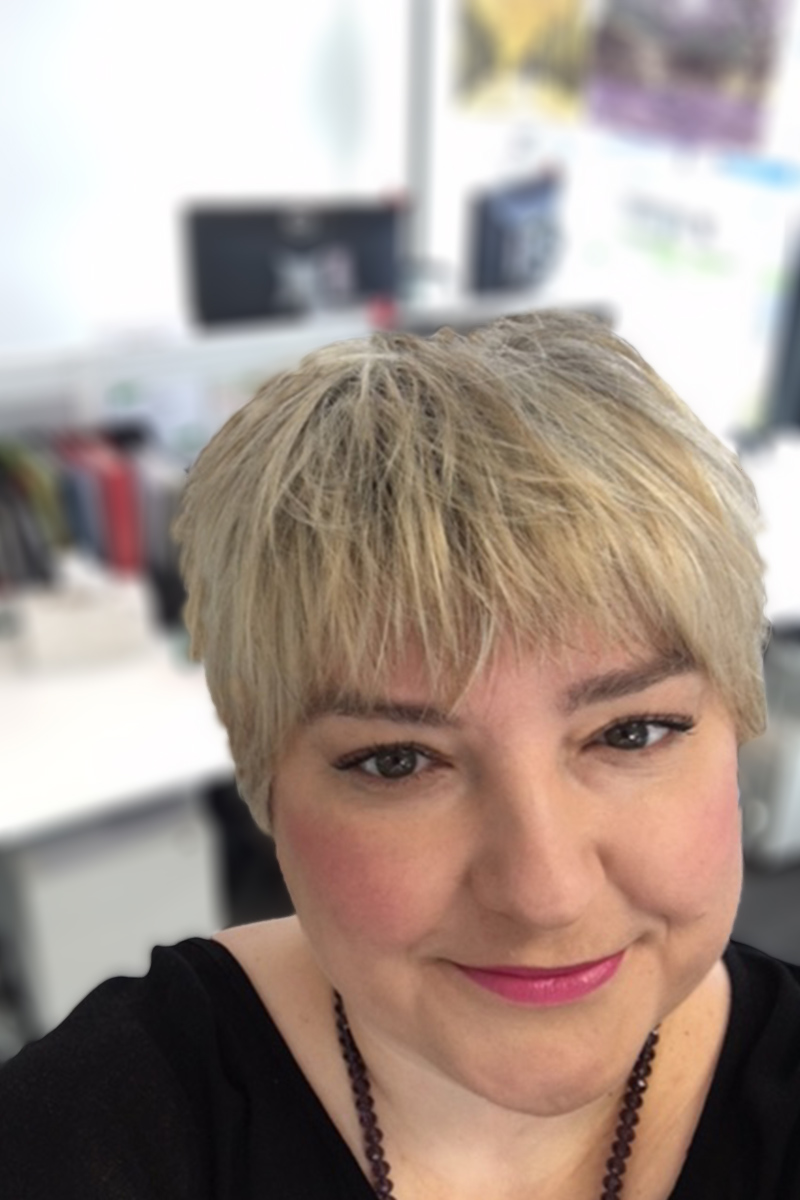Charlotte is an in-house employment lawyer at Fletcher Building where her focus is split broadly over three areas.
These being:
- Insourcing transactional work that would otherwise be briefed out to external employment lawyers. This could be anything from drafting employment agreements and policies, through to advice on employment related legislation, restructures, disciplinary process, personal grievances and more,
- Training their people and performance community in employment relations matters, and
- Overseeing industrial relations.
Fletcher Building is mainly a building products company. Although, its construction division is a high profile and historic part of the company. Its roots going back to 1909 when their founder James Fletcher built his first house with Albert Morris in Dunedin, New Zealand.
Today, they employ over 20,000 people across the globe. The pure scale of it being what Charlotte loves most about her role!
Join us as Charlotte shares her thoughts on achieving diversity in workplaces.
Charlotte, please tell us more about your role!
I work in a team of three, and between us we’re responsible for the group employment relations for New Zealand and Australia, which covers more than 15,000 staff. It’s challenging and requires great gut instinct and intellectual curiosity. I think you definitely need to be able to understand people’s drivers and motivators!
I’d say I chose this career path because I’ve always had a keen sense of fairness and justice and was naturally drawn to law. I also get a kick out of solving problems.
My maternal grandmother on the other hand would say I became a lawyer because I like arguing!
Why the building industry for you?
Looking back I could have applied my skills and passions to any job. But for me, I love the building industry because it’s so tangible.
People can see their finished product and take pride in the fact that they helped build a building, a road or a bridge. It’s something that they can show to their friends and family and something that becomes part of their legacy.
I also enjoy that there’s a really nice balance in my work. And while the environment is overall male dominated, throughout my day I get to interact with many women. My direct team consisting of three formidable ones in particular!
What is your take on the need for more diversity in workplaces?
Well, for starters, women are 50% of the population so they should be equally represented. That aside, there are many tangible and economic benefits of diversity in the workplace – whether gender, race, religion, nationality, sexual orientation or other.
Diversity increases productivity and allows new ways of thinking to emerge. It helps us tackle problems that conventional thinking has been unable to resolve.
By being exposed to people who are different to us and think differently to us we realise we’re much more similar than different. Our points of difference are interesting, colourful and beautiful. It enriches our lives and broadens our horizons.
So how do you think we can support getting more females into STEM?
Girls should be equally encouraged to be interested in science, engineering and any other traditionally “male dominated” areas. It should start in pre-schools.
I personally feel inspired by women like Dr Michelle Dickinson who promotes diversity in STEM as ‘Nanogirl.’ A science-savvy female who uses her engineering skills to solve her way out of challenges in life.
We need more role models like her.
We need to start praising female scientists and inventors.
We need to share the stories of women who broke gender barriers and norms in their career and life choices.
We need to do these things, so other females have something to be inspired by!
For me, I love the book ‘Good Night Stories for Rebel Girls.’ And, I’m soooo happy to live in a world where I get to read my Goddaughter this book and see her eyes light up when she learns there were female pirates!!!
But there are equally real stories about awesome female scientists out there. We need to celebrate them the way we do Einstein and Edison.
Take:
- Emily Warren Roebling (September 23, 1843 – February 28, 1903). Responsible for one of USA’s most famous landmarks – the Brooklyn Bridge.
- Stephanie Kwolek (Born 1923). Responsible for inventing Kevlar. A material five times as strong as steel (most famously found in the production of bullet-proof vests), or
- Hedy Lamarr (1913 – 2000). A movie star in the 1930’s and 40’s who was known as one of the women to help invent WiFi.
So I say, if you’re a woman looking to get into an industry or role like mine, go for it! With ladies like Emily, Stephanie and Hedy to look up to – why not?
